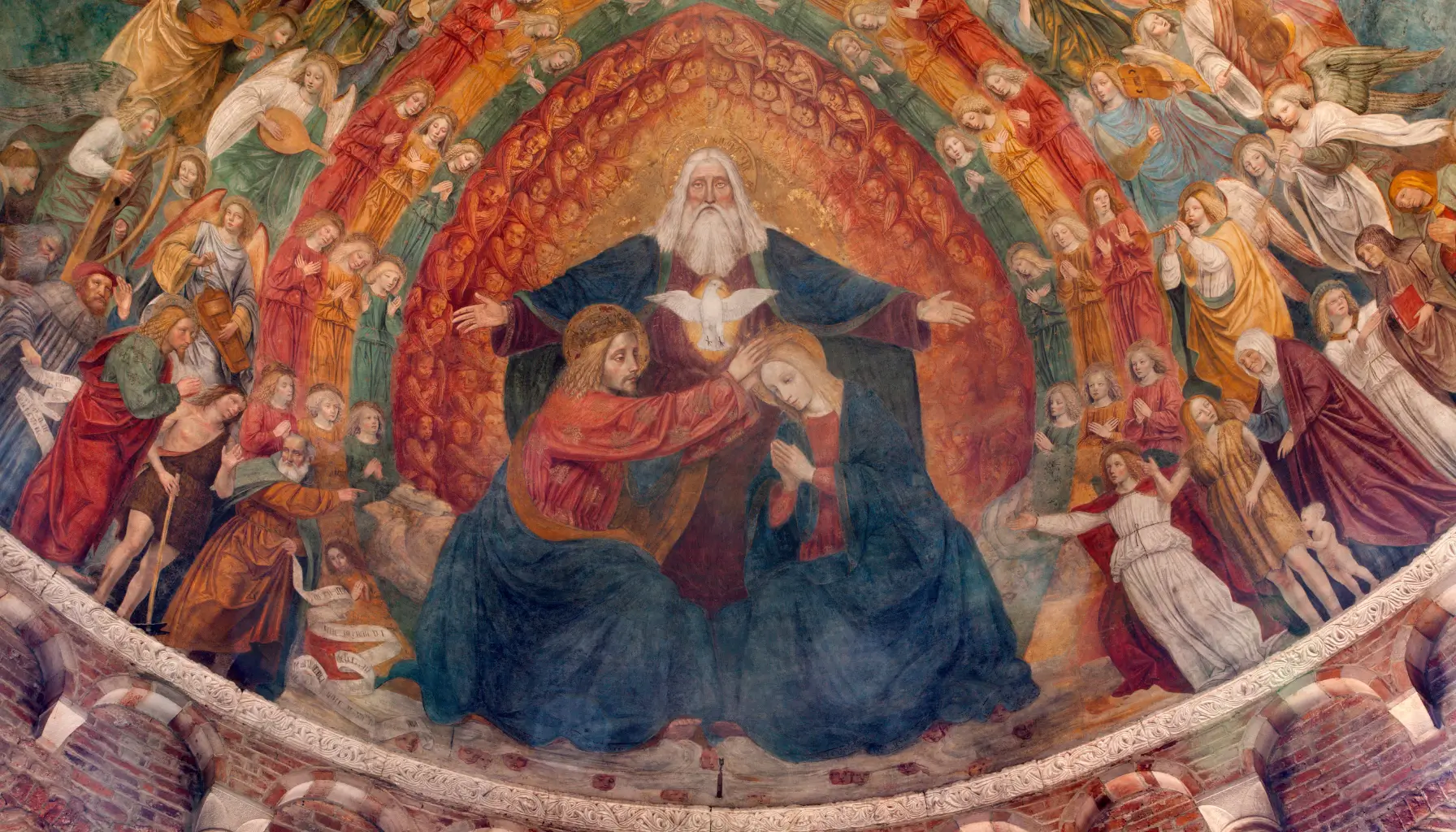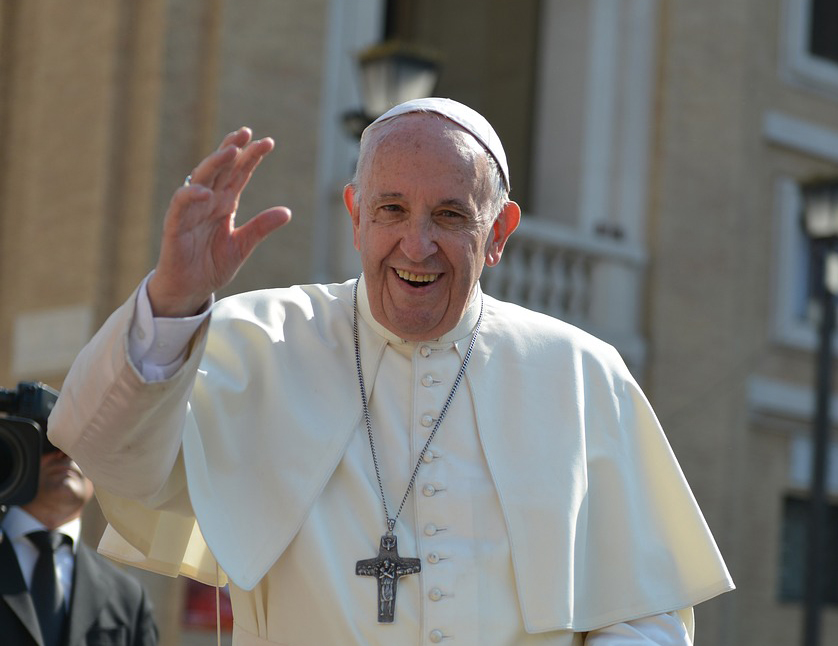Understanding the Trinity Doctrine: Origins, Evolution, and Modern Significance
What is the Trinity Doctrine?
The Trinity Doctrine is a central tenet of Christian theology, defining God as three co-equal, co-eternal persons: the Father, the Son (Jesus Christ), and the Holy Spirit. These three persons are distinct yet of one essence, meaning that while they are separate entities, they share the same divine nature. This concept is encapsulated in the phrase “one God in three persons.”
Origins and Creation of the Trinity Doctrine
The formulation of the Trinity Doctrine began in the early centuries of Christianity. The term “Trinity” (from the Latin “Trinitas,” meaning “threefold”) was first used by Tertullian, a Latin theologian from Carthage, around the early 3rd century. However, the foundational elements of the doctrine are rooted in the New Testament, where Jesus refers to God the Father, Himself as the Son, and the Holy Spirit as distinct yet unified aspects of the Divine.
The formal establishment of the doctrine occurred at the First Council of Nicaea in 325 AD and the First Council of Constantinople in 381 AD. These ecumenical councils were convened to address various theological disputes, and it was at these gatherings that the Nicene Creed was developed, affirming the Trinitarian understanding of God.
What the Trinity Meant to Early Christians
For early Christians, the Trinity Doctrine was a way to articulate the mystery of God’s nature as revealed in Scripture. It helped them understand how Jesus could be fully God and fully human, how the Holy Spirit could be a divine presence guiding the Church, and how all these truths fit together within the monotheistic framework inherited from Judaism.
This doctrine also served to unify the Christian community against various heresies that arose, such as Arianism, which denied the full divinity of Jesus. By defining God as Trinity, the early Church maintained the integrity of its teachings and provided a cohesive theological foundation.
The Trinity’s Significance Today
Today, the Trinity Doctrine remains a cornerstone of Christian faith, shaping how believers understand God’s nature and His relationship with humanity. It underscores the belief in a God who is relational, loving, and present in three distinct ways:
- God the Father: The creator and sustainer of the universe, embodying love, justice, and power.
- God the Son: Jesus Christ, the incarnate Word, who lived among us, died for our sins, and rose again, offering salvation and a model for holy living.
- God the Holy Spirit: The divine presence within and among believers, guiding, empowering, and sanctifying the Church.
Understanding the Trinity encourages Christians to reflect on the complexity and unity of God’s nature, fostering a deeper spiritual relationship and a more profound appreciation of the divine mystery.
Historical Development and Key Facts
- Early Church Fathers: The concept of the Trinity was explored and defended by early theologians like Athanasius, who played a critical role in the development of Trinitarian theology.
- Councils and Creeds: The Councils of Nicaea and Constantinople were pivotal in formalizing the doctrine, resulting in the Nicene Creed, which remains a fundamental statement of Christian belief.
- Scriptural Basis: Key biblical passages supporting the Trinity include the Great Commission (Matthew 28:19), the baptism of Jesus (Matthew 3:16-17), and various references in the Pauline Epistles.
- Heresies and Controversies: Throughout history, various groups have challenged the Trinity Doctrine, leading to significant theological debates and the eventual reaffirmation of orthodox Trinitarian beliefs.
The Trinity in Our Lives Today
For contemporary Christians, the Trinity Doctrine offers a framework for understanding and experiencing God’s multifaceted relationship with humanity. It emphasizes:
- Community and Unity: Reflecting the perfect unity of the Trinity, Christians are called to live in loving, harmonious relationships.
- Diversity in Unity: Just as the Trinity encompasses distinct persons with one essence, the Church is diverse yet unified in its faith and mission.
- Divine Presence: Believers experience God’s presence through the Father’s creation, the Son’s redemption, and the Spirit’s ongoing guidance and empowerment.
In conclusion, the Trinity Doctrine is more than a theological concept; it is a profound mystery that shapes Christian worship, community, and understanding of God. Its rich history and enduring significance continue to inspire and guide believers around the world.
Books to Read On the Trinity Doctrine
The Trinity: An Interdisciplinary Symposium on the Trinity
by Stephen T. Davis, Daniel Kendall, and Gerald O’Collins
Online Doctrine of the Trinity Resources
Catholic Education Resource Center
This article offers a comprehensive look at the Catholic Church’s teachings on the Holy Trinity, tracing the doctrine’s development from early church history through various ecumenical councils.
Desiring God
This resource provides a detailed explanation of the Trinity Doctrine, breaking down its biblical basis and theological implications. It discusses the unity and distinction within the Trinity, helping to clarify common misunderstandings.






